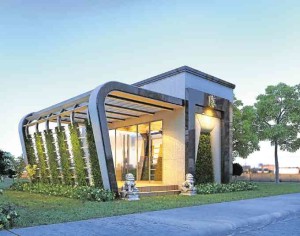Architects for the living…and the dead create the perfect sanctuary
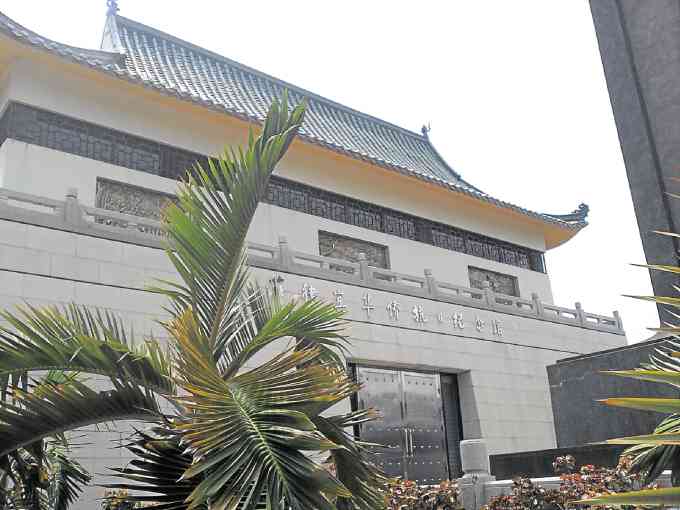
With three masterfully designed mausoleums included in his portfolio, Dy feels quite fulfilled and finds reward in the happiness derived from his satisfied clients.
“As I come to visit thee in thy new home
Be it beneath the sacred soil, humble sepulchre or grand mausoleum
In my solitude or amongst the crowds
I shall offer thee of love untold
I shall celebrate thy life
And feel thee in thy afterlife.”
– Incognita
It may be a morbid thought, but the reality is, you have to brace yourself for death.
Losing a loved one, without a doubt, can be extremely painful and those who were left behind often find it difficult to accept such a loss.
But how does one prepare for such eventuality, when the mere thought of losing someone you love so dearly is already enough to bring shivers down your spine? Is there a formula to prepare oneself for the grief that comes with the death of a person so dear to you?
Unfortunately, there is none, and one can only hope that he or she would have the courage and grace to accept such a loss without losing much of himself.
Some cope with death by collecting mementos, while others would set up altars and corners where they can put photographs and other valuable items that belonged to the person who passed away.
Meanwhile, there are those who would go the extra mile and build mausoleums to pay homage to the deceased and ensure that they have a resting place in the afterlife.
Mausoleums often serve as a testament of love, respect and honor for the lost loved ones.
And as the country is set to commemorate All Saints’ Day and All Souls’ Day, Inquirer Property decided to interview two great architects who have created structures not only for the living, but also for the dead—a task deemed to be even harder as they are dealing with people who have yet to come to terms with the grief and sorrow of losing a loved one.
Architect Bennett O. Dy
An architect by profession, Dy does designs, estimates for budgets of construction, project management, and feng shui consulting. He has already 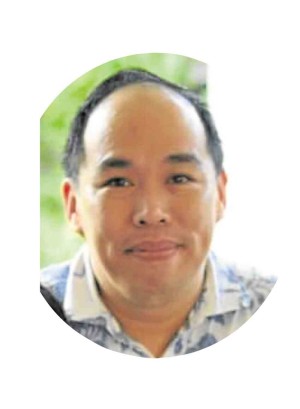
“I have designed some mausoleums, two of which are located at Heritage in Taguig. Then there’s one in Holycross in Novaliches, and a memorial hall in the Chinese Cemetery,” Dy related.
According to Dy, his first project was in Heritage, where he was referred by an old client to someone who wanted to transfer their parents’ remains from one particular cemetery to a common place in Heritage.
The second one was from a client whose mother had died and needed an architect to do both the design and coordination with a feng shui consultant to ensure that the tomb’s orientation and positioning would be properly done and executed.
“The third one in Holy Cross was also a client’s parent who suddenly died and needed a tomb that’s properly oriented according to feng shui principles. With this particular project, I did almost everything, starting from the height and width measurements, to the compass positioning of the casket and even the door orientation of the tomb, since they did not have time to look for a feng shui guy,” Dy recalled.
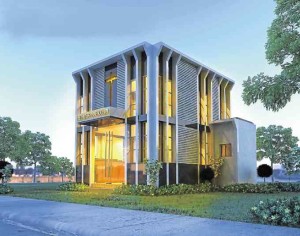
The greatest reward Adriano derives from designing a mausoleum is seeing happy and contented clients.
With three masterfully designed mausoleums included in his portfolio, Dy feels quite fulfilled and finds reward in the happiness derived from his satisfied clients.
“I find fulfilment at the thought that their descendants are doing well in remembering me as the guy who took part not only in laying their loved one to rest, but also as someone who shares their sadness and joys as they go through the rituals of life,” Dy explained.
Dy related that in doing a mausoleum, the foremost consideration would be the placement of the tomb.
As the architect, he has been tasked to ensure that it is placed in the right direction and that all elements necessary are incorporated in the design.
“A regular house will need the consideration of the flow and use as a living space, while a tomb or mausoleum need the solemnity and somberness in the design for worship and reverence for the dead soul,” Dy explained.
“My design usually follow the wishes of the clients. But off hand, I would prefer simple lines and some ornate center piece for focus, as well as the usual altar, picture frame , candle locations, incense location, and paper money burning area or pugon type for offering during All Saints Day,” he added.
Currently, he considers the Holy Cross mausoleum as one of his best works as it followed a simple, light, airy design with natural ventilation. Most importantly, this particular project was not too expensive to build.
When asked what dream mausoleum he wants to one day build, Dy has this to say:
“A dream mausoleum would be a place so serene that you can relax and give your private thoughts to the loved one who passed away. A place of meditation and contemplation, a rest from our hectic lives, to be with our own thoughts on how to live our limited life.”
Architect Michael Adriano
During his younger days, Adriano was very much involved in religious work—first as an altar boy, then as a seminarian, which gave him the 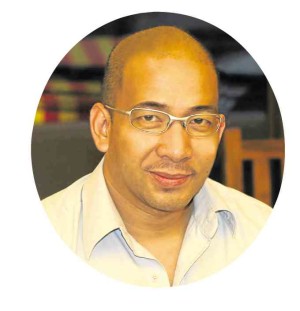
Adriano noted that early on in his career, he was already inclined to do religious architectural works, which included designing mausoleums.
Such projects allowed him to create and leave his personal stamp and style while, at the same time, ensuring client satisfaction. Designing religious structures, according to Adriano, gave him a different kind of emotional high and satisfaction.
“Designing mausoleum is my passion because it gives me an opportunity to design a unique personal statement and memorialize a prominent family name while preserving their individuality,” Adriano said
“The first family mausoleum that I built was for the Uy Family five years ago. It’s a 36-estate lot located at Manila Memorial Park in Dasmariñas, Cavite. It has a symmetrical Neo-classic facade with a mezzanine floor that serves as function area,” he related.
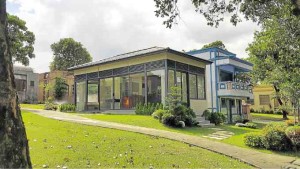
Asked if he thought there was a huge difference in designing a home and a mausoleum, Adriano noted that while both serve as a shelter, there remained a marked difference.
“A family mausoleum is intended to commemorate one’s life achievement and it also signifies the legacy and tradition of the family. It is a place where they spend time and express their emotion. A mausoleum is a space where spiritual practices and religious beliefs freely take shape. Unlike residential houses, its primary concern is functionality and the facade’s aesthetic design,” Adriano explained.
In most of his designs, Adriano made it a point to commonly follow or infuse modern architecture.
“Even if my client requested me to do the traditional or classic design, I make sure that it has a modern approach. By combining traditional and modern architecture, I’m able to come up with a unique design idea, which future generations can appreciate and adopt,” he said.
Adriano’s main design influence included Zaha Hadid, who is famous for her unique and futuristic design; Joan Serrano, an award winning architect specializing in cultural and religious institutions; Sir Norman Foster, an award winning British architect who has an innovative, modern and sustainable approach to architecture and integrated design; and, his uncle Tony S. Adriano, a renowned interior designer and a Papal Chair Maker.
“My uncle, who I greatly consider as one of my influences, specializes in Ecclesiastical design and had renovated 42 churches including the Antipolo
Cathedral. Also, Kenneth Cobunpue, who is a multi-awarded furniture and industrial designer,” Adriano shared.
He added that the greatest reward he derives from designing a mausoleum is seeing happy and contented clients.
“I find fulfilment at the thought that I somehow help ease their grief by giving them a modern and uniquely design mausoleum, one that will appropriately represent their family’s unity and achievement,” he said.
“But my dream really is to build a mausoleum for the people who made a positive contribution to the world and preserve their legacy for future generations to know and learn. The true purpose of a mausoleum is to honor and commemorate the beautiful and purposeful life of a particular person. I build mausoleums because someone lived, and not because someone died,” Adriano concluded.

